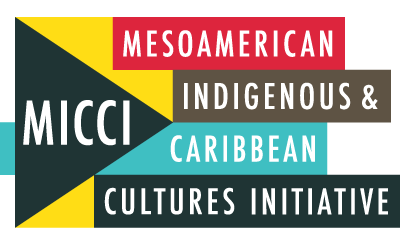The Importance & Necessity of the Orozco Room and
its Impact on the Future of The New School
Jaime Arredondo, Assistant Professor of Art History
In 1931 Alvin Johnson then president of what at that time was called The New School for Social Research, invited a fairly unknown artist from Mexico named Jose Clemente Orozco to paint a mural to not only inaugurate the opening of its new building, the Alvin Johnson/J.M. Kaplan Hall, but to also announce the auspicious beginnings of The New School itself. The selection of Orozco by President Johnson in 1931 in the middle of an American apartheid system known as Jim Crow, must have been considered a radical gesture. After all, Orozco was not even from the United States. He was a brown man. He was Mexican. And he was associated with radical, political movements, here and in Mexico.
Timely and urgent in its core message, the mural entitled, “Universal Brotherhood”, spoke to the horrors of post-colonial, global rule, and its efforts to oppress, and exploit in ruthless fashion communities of color. It also spoke of subsequent resistance movements, like the one of non-violence led by Mahatma Gandhi, shown with Vladimir Lenin, and the socialist Governor of Yucatan, Mexico, Felipe Carrillo Puerto, tragically assassinated shortly before the start of the mural. Prominently placed in the middle of the mural is a table at which are seated men of all races and religions, coming together as one. A clarion call to action in a country and at a time in which the legal separation of races was the law of the land.
We at MICCI, take this call to action quite seriously and view the placement of Orozco’s mural as no coincidence. His call to universal brotherhood, and his desire to bring together art, radical politics, and activism is as relevant then as it is now. These are in fact the guiding principles of The New School, ones that we try to practice, and a legacy we try to honor. We therefore envision ‘The Orozco Room’ as a future meeting hub for ourselves, one that will value the history and culture of the LatinX, Caribbean and Indigenous communities.
Together we can move forward in not only raising funds for a much-needed restoration, but we can also transform it into a place of tolerance, progressive activism, and radical pedagogy.
Si se puede!!
